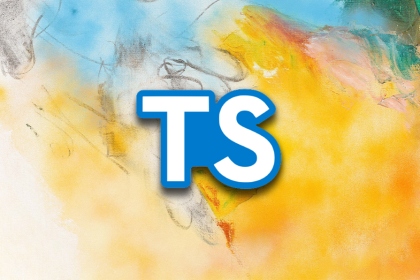
This tutorial walks through recreating Apple’s Liquid Glass UI on the web using SVG filters, CSS, and React. You’ll learn how to build refraction and reflection effects with custom displacement and specular maps, and how to balance performance and accessibility when using advanced filter pipelines.

tRPC solved type safety for full-stack TypeScript teams. oRPC borrowed the best parts and added interoperability. This article breaks down how both frameworks work and where each one fits best.

Check out Google’s latest AI releases, Gemini and the Antigravity AI IDE. Understand what’s new, how they work, and how they can reshape your development workflow.

Learn about Bun 1.3, which marks a shift from fast runtime to full JS toolchain—and see the impact of Anthropic’s acquisition of Bun.
Hey there, want to help make our blog better?
Join LogRocket’s Content Advisory Board. You’ll help inform the type of content we create and get access to exclusive meetups, social accreditation, and swag.
Sign up now
16 Replies to "Creating beautiful tooltips with only CSS"
There is a big issue with this tooltip.
Actually, setting its opacity to 0 makes it disappear to the users eyes only, to to their mouse pointer.
So, the tooltip actually shows up even though we don’t hover the triggering element, but also where the tooltip is supposed to be…
Sorry for the delay. Have you tried adding `pointer-events: none` to the tooltip?
I noticed this too, but I found an easy fix! Just add “visibility: hidden;” wherever it says “opacity:0;”, and add “visibility: visible;” wherever it says “opacity:1;”. Should work like a charm.
This does work, but I found that it undoes the transition when you hover off the tooltip (in the case that it contains a link). So, the opacity changes over the specified time when you hover the triggering element, but “snaps” off when you unhover over it or the tooltip itself.
Is there a way to do this with a list of generated items in the tooltip? I tried doing this, but the list has a bunch of text in it instead of actual line breaks. In other words, can it only be text when you use this method to make the tooltip?
For reasons I haven’t figured out, if there are two items with tooltips, one immediately below the other, you can “see through” the upper one to the content of the one below it. With white text, this shows up as imperfections in the letters. The effect is much more apparent with black text on a buff yellow background. The fix is to give the tooltip class a z-index larger than anything else in the area right after “position: absolute;”
I’ve also added “transition-delay: 100ms;” right after transition. I have three tooltips one below the other, and this keeps them from popping in and out if the skims over that area. An intentional hover is needed to make the tooltip disappear.
With the small changes mentioned in the comments, I now have beautiful tooltips. Thank you,
Supun Kavinda!
This is terrific! I saw you wrote that “You can use the same method to create classes for bottom and top positions. Additionally, you’ll need to reset the top value and override the transform value accordingly,” though, and I’ve been playing with the CSS for quite awhile, but can’t fully figure out how to reset and override the CSS correctly to get top and bottom tooltips working–could you (or anyone else seeing this) let me know how I can do this? Any help would be greatly appreciated!
I’m currently having the same issue. Have you been able to find any solutions?
Clearly explained and easy to use. Thanks for this helpful contribution!
Very helpful article, thank you very much!
Great tutorial, helped me very much! Thanx
Is there a workaround for the tooltips being “hidden” by surrounding DIV?
Try using `overflow: visible` on the surrounding div.
Hi All,
I have managed to get the box to appear at the top, however when I apply this effect to the next word in my paragraph which I also want the hover to appear, the second tooltip starts out hovering where the first tooltip was and then when it fades out, it jumps to the second word.
How would I position the second tooltip to appear above the second word initially instead of inheriting the first tooltip position?
Would really appreciate some feedback here.
Thanks,
Simon Carter
Looks and works great, and appreciate the breakdown! Would love to see position top and bottom in these examples. Cheers!